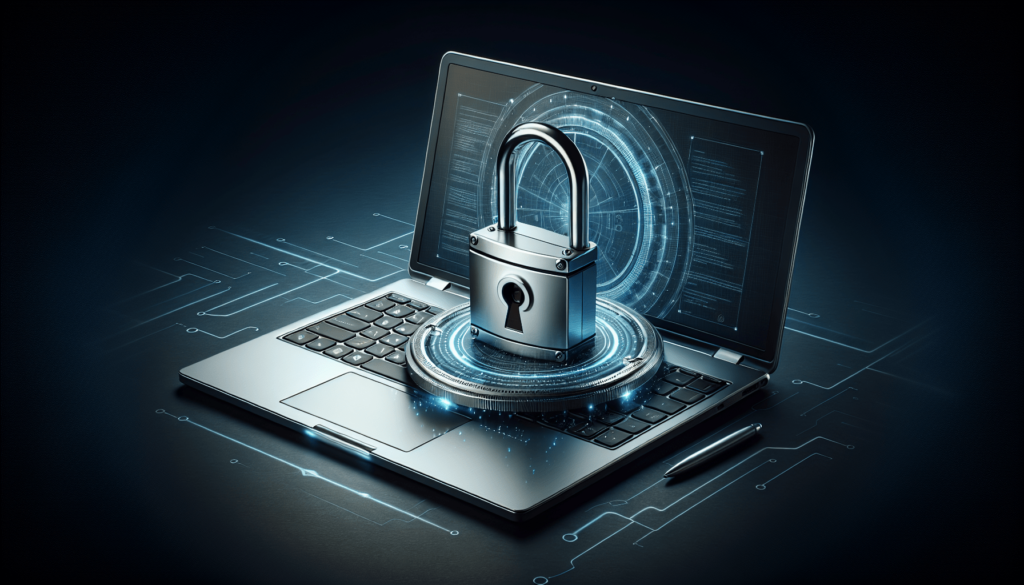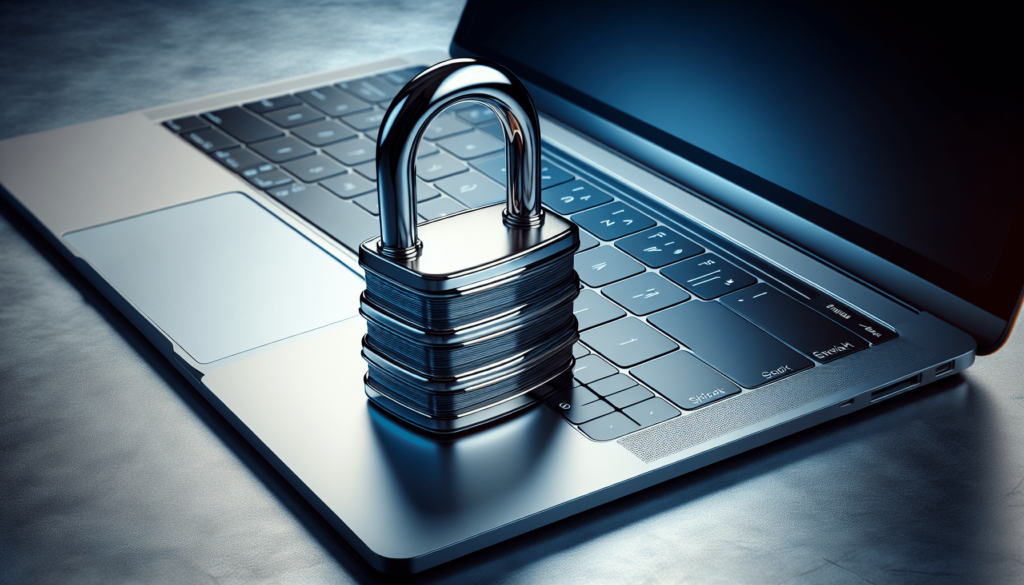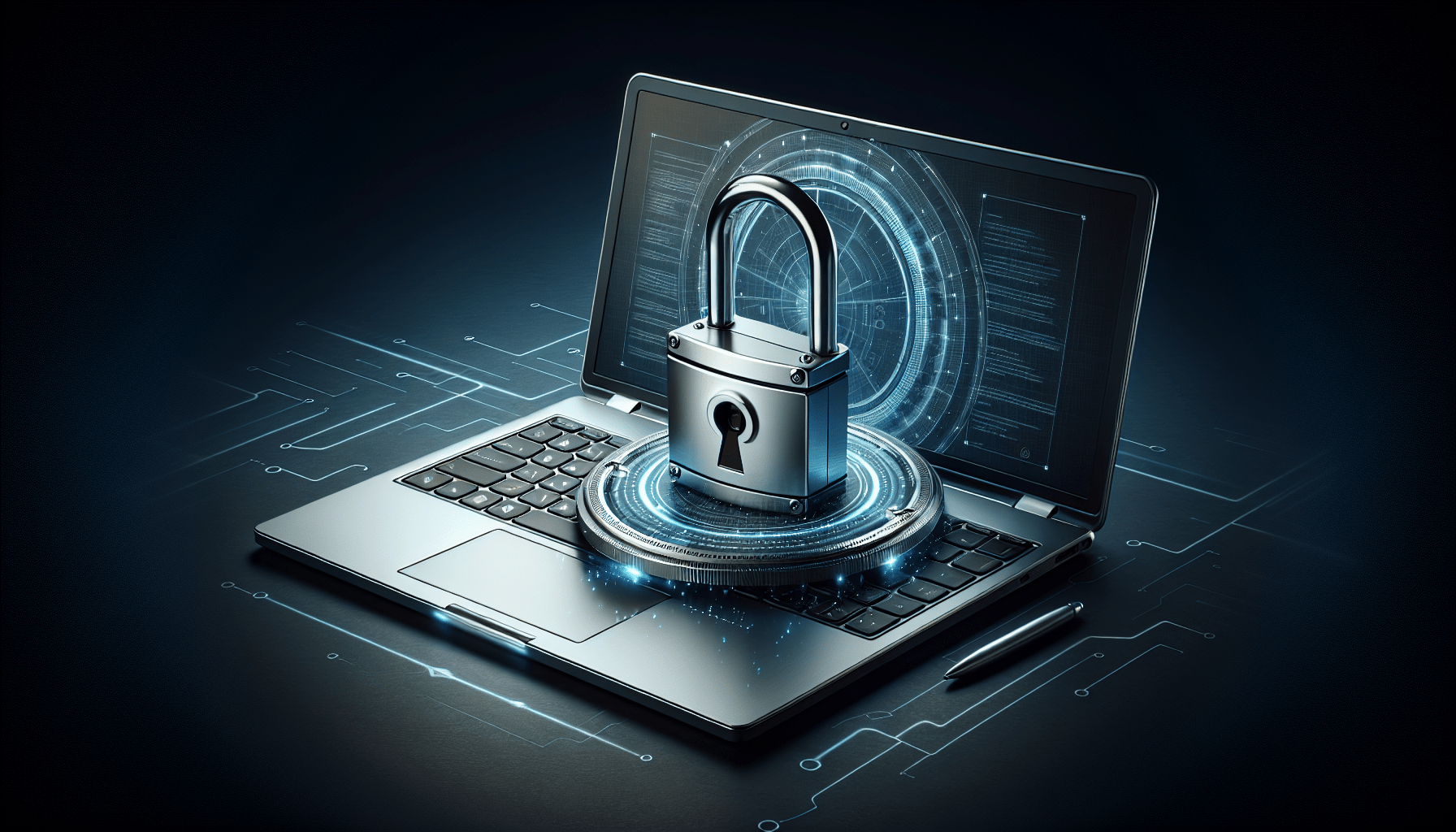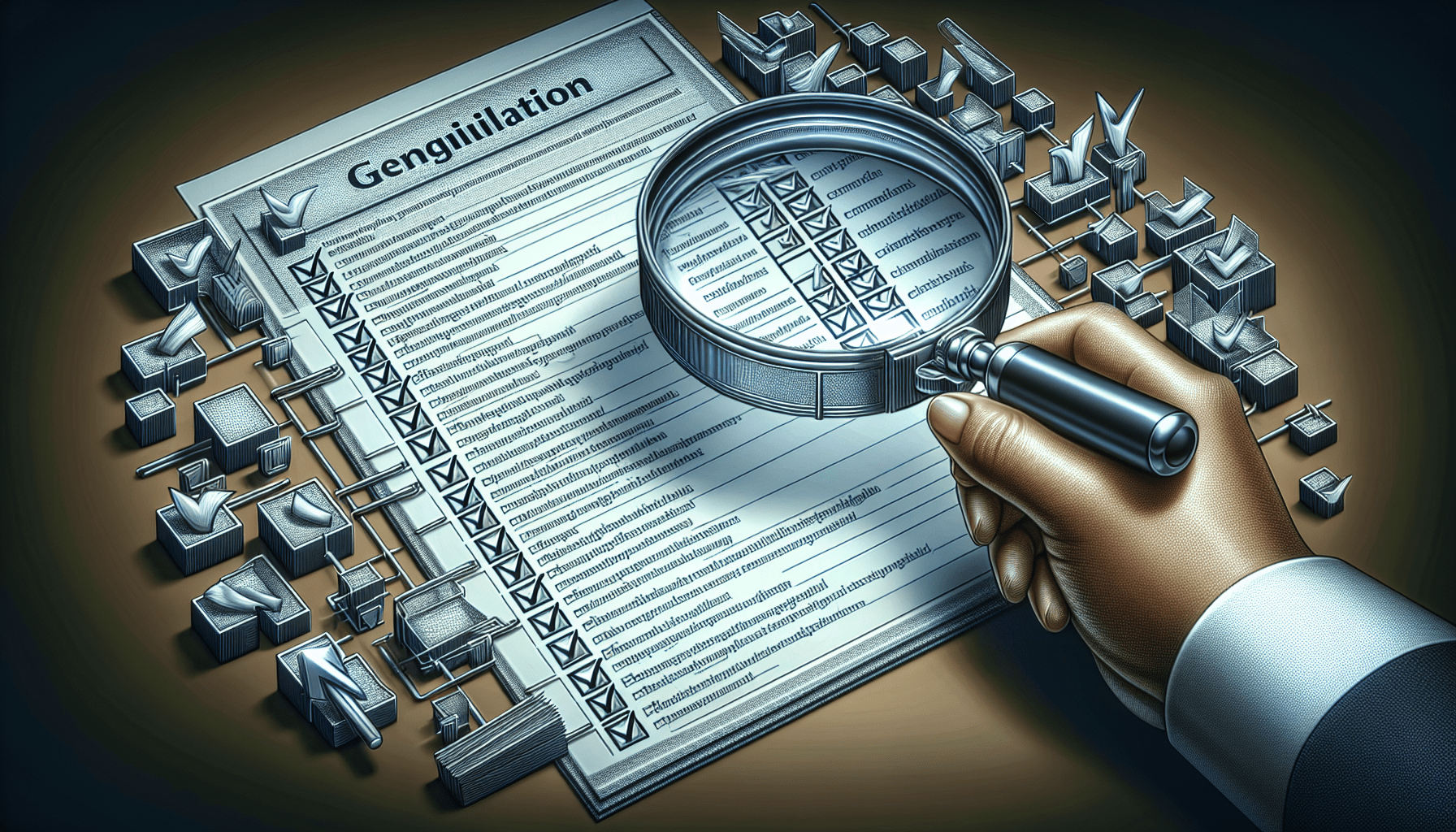In today’s fast-paced and ever-evolving business landscape, it is crucial for organizations to ensure compliance with regulations and industry standards, especially when managing a remote workforce. Conducting regular compliance audits is a key component of maintaining accountability and integrity within your operations. By following best practices for remote workforce compliance audits, you can mitigate risks, identify areas for improvement, and ultimately safeguard your organization’s reputation and bottom line. This article will provide you with valuable insights and strategies to effectively navigate compliance audits in a remote work environment, helping you maintain a culture of transparency and accountability across your team.
Compliance Audits: Best Practices For Remote Workforce
In today’s ever-evolving business landscape, remote work has become increasingly popular. With this shift comes the need for businesses to ensure their remote workforce is compliant with industry regulations. Compliance audits are a crucial aspect of maintaining legality, security, and efficiency within your organization. This article will explore the best practices for conducting compliance audits for a remote workforce.
Understanding Compliance Audits
Before delving into best practices, it is important to understand what compliance audits entail. Compliance audits are systematic reviews of an organization’s adherence to regulations, laws, and standards set forth by governing bodies, industry regulators, and internal policies. The primary goal of compliance audits is to assess whether an organization is following prescribed rules and identify areas that need improvement.
Why Are Compliance Audits Important for Remote Workforce?
Compliance audits are especially critical for remote workforces due to their decentralized nature. Without proper oversight, remote employees may unintentionally violate regulations, exposing the organization to legal risks and security breaches. Compliance audits help ensure that all employees, regardless of location, are following necessary protocols and procedures.
Conducting Compliance Audits for Remote Workforce
When conducting compliance audits for a remote workforce, there are several key best practices to keep in mind. These practices will help streamline the audit process and ensure thorough assessments of compliance across the organization.
Establish Clear Compliance Policies and Procedures
One of the first steps in preparing for a compliance audit is to establish clear and comprehensive compliance policies and procedures. These policies should outline the specific regulations that employees are required to follow, as well as the consequences of non-compliance. By clearly defining expectations, employees are more likely to adhere to regulations.
Utilize Compliance Management Software
To facilitate compliance audits for remote workforces, consider investing in compliance management software. These tools help streamline the audit process by centralizing compliance data, automating compliance tasks, and providing real-time reporting on compliance status. Compliance management software can also help identify compliance issues and track remediation efforts.
Implement Regular Training and Communication
Regular training sessions and communication are essential for ensuring that remote employees are aware of compliance requirements. Training should cover relevant regulations, policies, and procedures, as well as any updates or changes to compliance standards. Communication channels should be easily accessible for remote employees to ask questions, report issues, and seek guidance on compliance matters.
Conduct Remote Compliance Audits
Given the remote nature of the workforce, compliance audits should be conducted remotely as well. Utilize video conferencing tools, secure document sharing platforms, and compliance management software to facilitate remote audits. Ensure that auditors have access to all necessary documentation and data to assess compliance effectively.
Monitor and Track Compliance Metrics
Tracking compliance metrics is essential for evaluating the effectiveness of compliance initiatives and identifying areas for improvement. Utilize key performance indicators (KPIs) to measure compliance performance, such as completion rates for training modules, incident reporting data, and audit findings. Regularly review compliance metrics to identify trends and patterns that may indicate compliance issues.
Address Non-Compliance Issues Promptly
In the event that non-compliance issues are identified during an audit, it is essential to address them promptly. Develop a remediation plan to correct non-compliance issues, assign responsibility for implementing remediation efforts, and establish timelines for resolution. Document all remediation activities to track progress and ensure that compliance issues are fully addressed.

Compliance Audits: Best Practices Case Study
To illustrate the importance of compliance audits and best practices for remote workforces, let’s consider a case study of a large multinational corporation with a significant remote workforce. This corporation operates in multiple countries and is subject to a variety of industry regulations and international standards.
Case Study: XYZ Corporation
XYZ Corporation has recently transitioned to a remote work model due to the COVID-19 pandemic, with over 50% of its employees now working remotely. The corporation’s compliance team recognizes the need to conduct compliance audits for its remote workforce to ensure adherence to regulations and standards.
Implementation of Best Practices
To conduct compliance audits for its remote workforce effectively, XYZ Corporation implements the following best practices:
- Establishes clear compliance policies and procedures that outline remote work requirements and expectations.
- Utilizes compliance management software to automate compliance tasks, track compliance metrics, and facilitate remote audits.
- Conducts regular training sessions and communication to educate remote employees on compliance requirements and changes.
- Monitors compliance metrics, such as completion rates for compliance training and incident reporting data, to assess compliance performance.
- Addresses non-compliance issues promptly by developing remediation plans, assigning responsibilities, and tracking progress.
Results and Benefits
By implementing best practices for compliance audits, XYZ Corporation was able to:
- Identify and address compliance issues within its remote workforce.
- Improve overall compliance performance and adherence to regulations.
- Enhance security and mitigate legal risks associated with non-compliance.
- Maintain efficiency and productivity among remote employees by ensuring compliance with policies and procedures.
Conclusion
Compliance audits are indispensable for ensuring that remote workforces adhere to regulations and standards, thereby safeguarding organizations from legal risks and security breaches. By implementing best practices for remote workforce compliance audits, businesses can maintain legality, security, and efficiency within their organizations. Remember to establish clear compliance policies, utilize compliance management software, conduct regular training, and address non-compliance issues promptly to ensure effective compliance audits for remote workforces.




